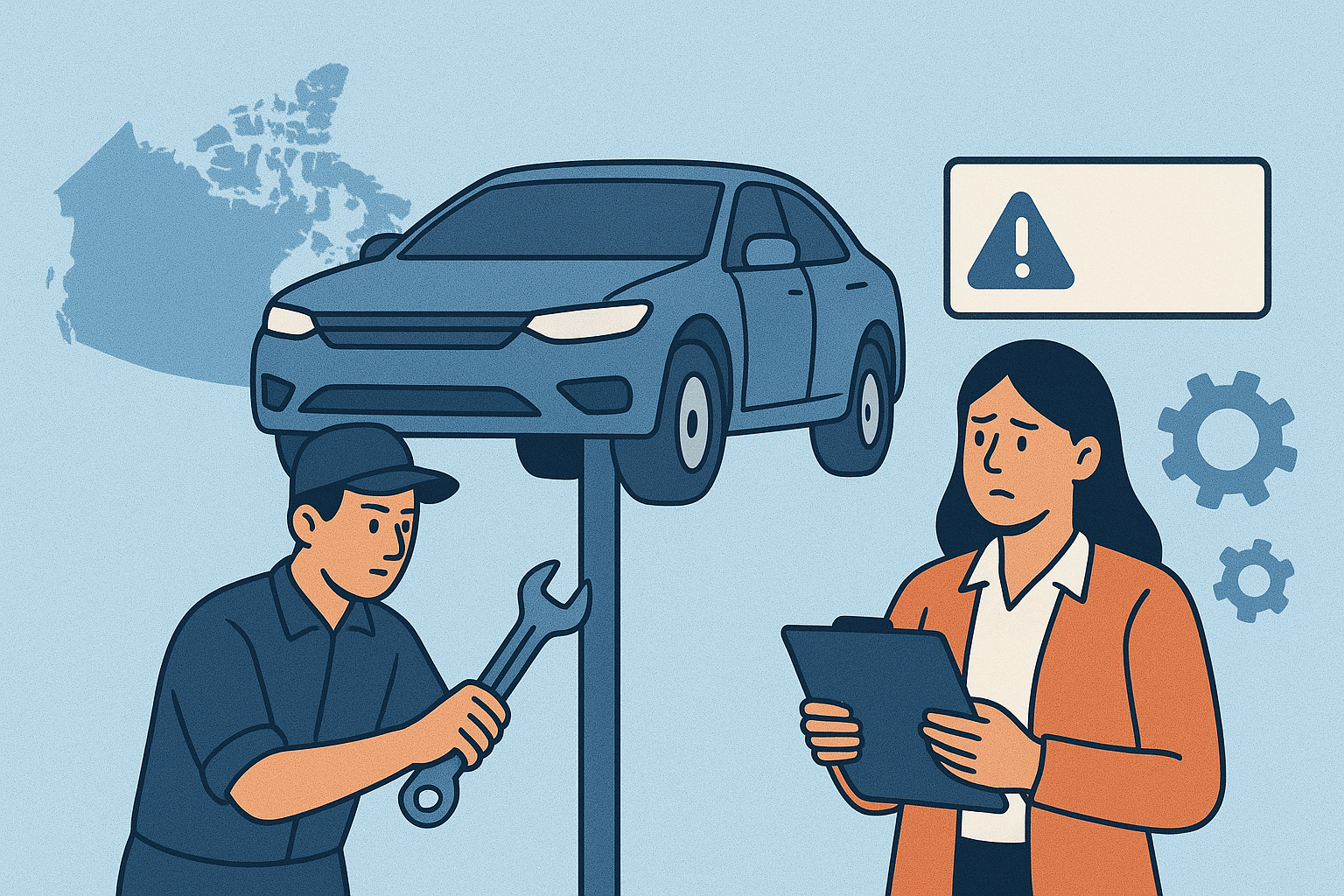
Under the Hood: The Talent Shortage Facing Motor-Vehicle Repairers and Assessors in North America
The automotive repair and insurance ecosystems across North America are feeling the strain of a persistent talent shortage. Collision-repair shops, dealerships, and independent garages are struggling to hire enough skilled repair technicians, while insurers face their own crunch in finding and retaining qualified assessors and adjusters.
A Growing Gap in Skilled Labor
Several factors are converging to widen the skills gap:
1. Retirements Outpacing Replacements
A significant portion of the current workforce is aging out, and younger talent is entering the field at too slow a rate to keep up.
2. Rising Complexity of Modern Vehicles
With the rapid growth of EVs, ADAS-equipped models, and software-heavy drivetrains, repairers now need advanced electrical, diagnostic, and programming skills—not just mechanical expertise.
3. Limited Vocational Pipelines
Decades of underinvestment in technical education and cultural steering away from trades have reduced the flow of new technicians into the field. Enrollment is improving, but not fast enough.
4. Assessment Workload Growing Faster Than Staff
Auto claims volumes are rising in many regions due to more vehicles on the road, more expensive repairs, and weather-related losses—yet assessor headcount isn’t keeping pace.
The result is longer wait times, repair backlogs, slower claims handling, customer frustration, and increased costs for both shops and insurers.
Automation: The Most Scalable Solution on the Table
While workforce development remains critical, the fastest and most scalable lever is technology—specifically automated estimating and processing tools.
Automated estimating solutions use AI, computer vision, historical repair data, and OEM repair guidelines to analyze vehicle damage and generate highly consistent preliminary estimates, sometimes in minutes. When paired with automated claims workflows, digital inspections, and integrated shop-management systems, these tools relieve pressure on both technicians and assessors.
How Automation Helps Close the Talent Gap
• Reduces manual workload
Assessors and repairers spend less time on repetitive tasks—capturing photos, writing standard lines, tracking supplements—and more time on skilled diagnostic and repair work.
• Increases efficiency and throughput
Shops can process more vehicles per technician. Insurers can handle more claims per adjuster without sacrificing quality.
• Supports less-experienced staff
AI-powered guidance helps junior techs or adjusters produce more accurate estimates and follow proper repair procedures.
• Boosts consistency and customer transparency
Standardized estimates lower dispute rates, speed approvals, and help customers understand the process.
• Improves recruiting and retention
Modern, tech-forward workplaces are more appealing to younger employees who expect digital tools rather than purely manual workflows.
A Combined Approach: People + Technology
Automation doesn’t replace human expertise—it enhances it. The most resilient organizations are adopting a dual strategy:
- Invest in training, apprenticeships, and certifications to expand the talent pipeline.
- Deploy automated estimating and processing systems to maximize the productivity of the workforce they already have.
- Digitize workflows end-to-end so information moves cleanly from customer to insurer to repairer.
- Use AI-driven triage to direct vehicles to the right repair location, reducing cycle times and improving outcomes.
The Road Ahead
The shortage of qualified repairers and assessors isn’t going away overnight. But automation offers a critical bridge—helping the industry manage increasing complexity, rising demand, and limited staffing. By embracing automated estimating and processing tools, North America’s automotive ecosystem can transform strain into opportunity, making repairs faster, safer, and smarter for everyone involved.




